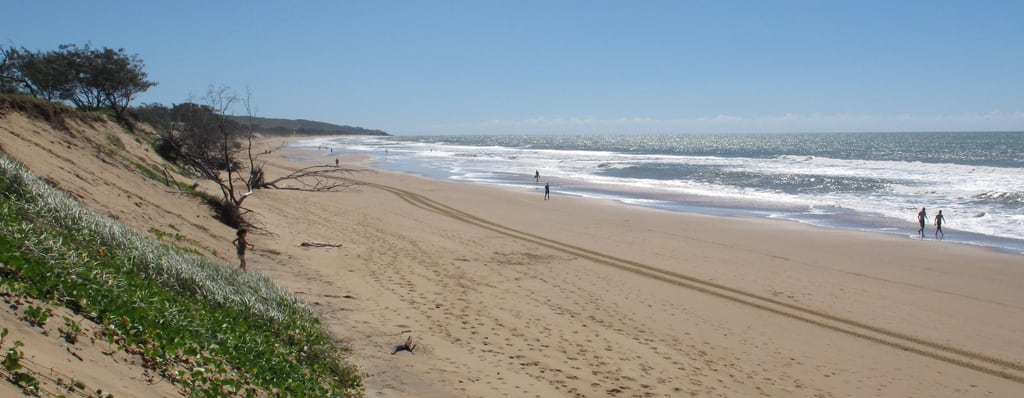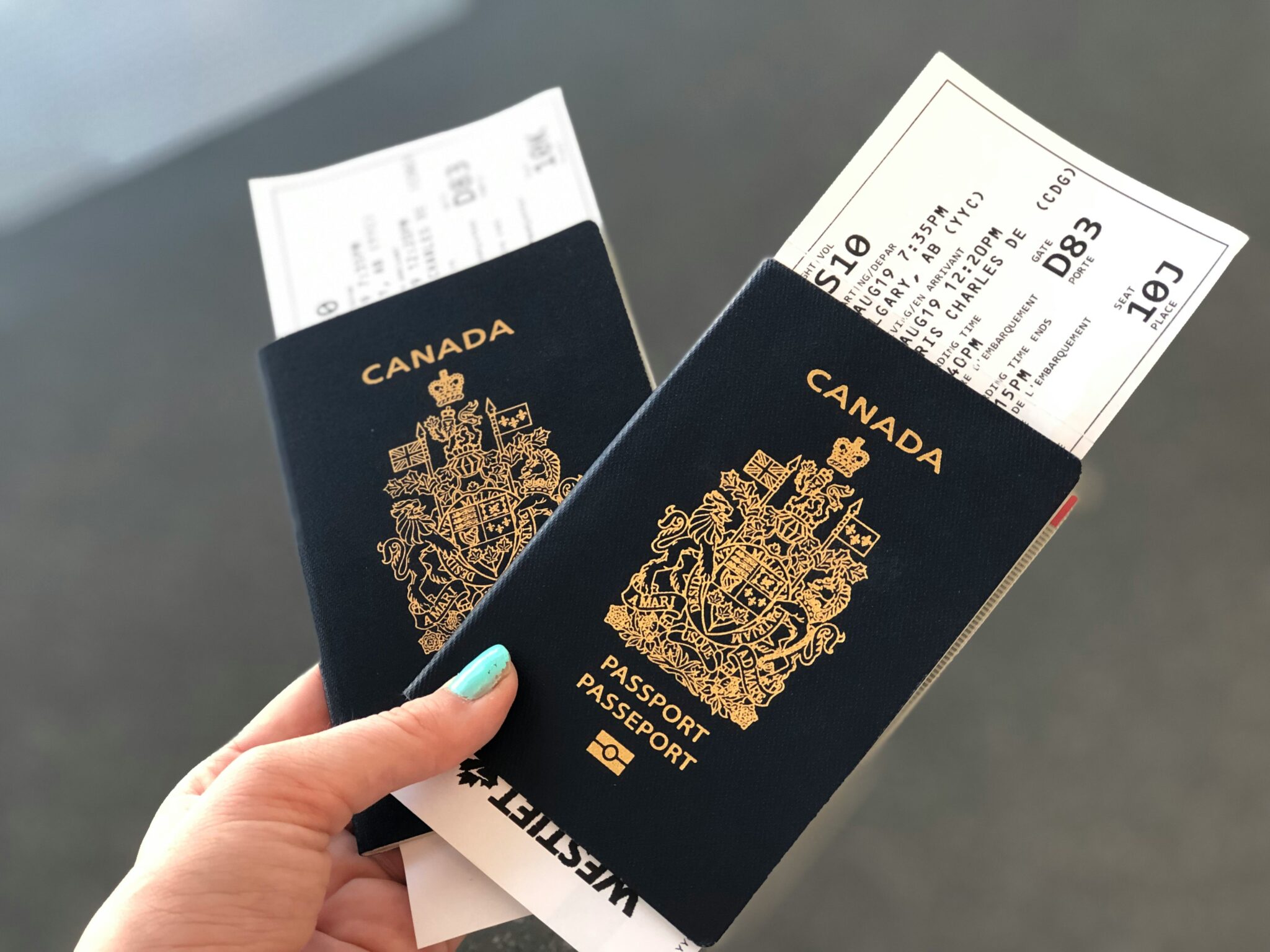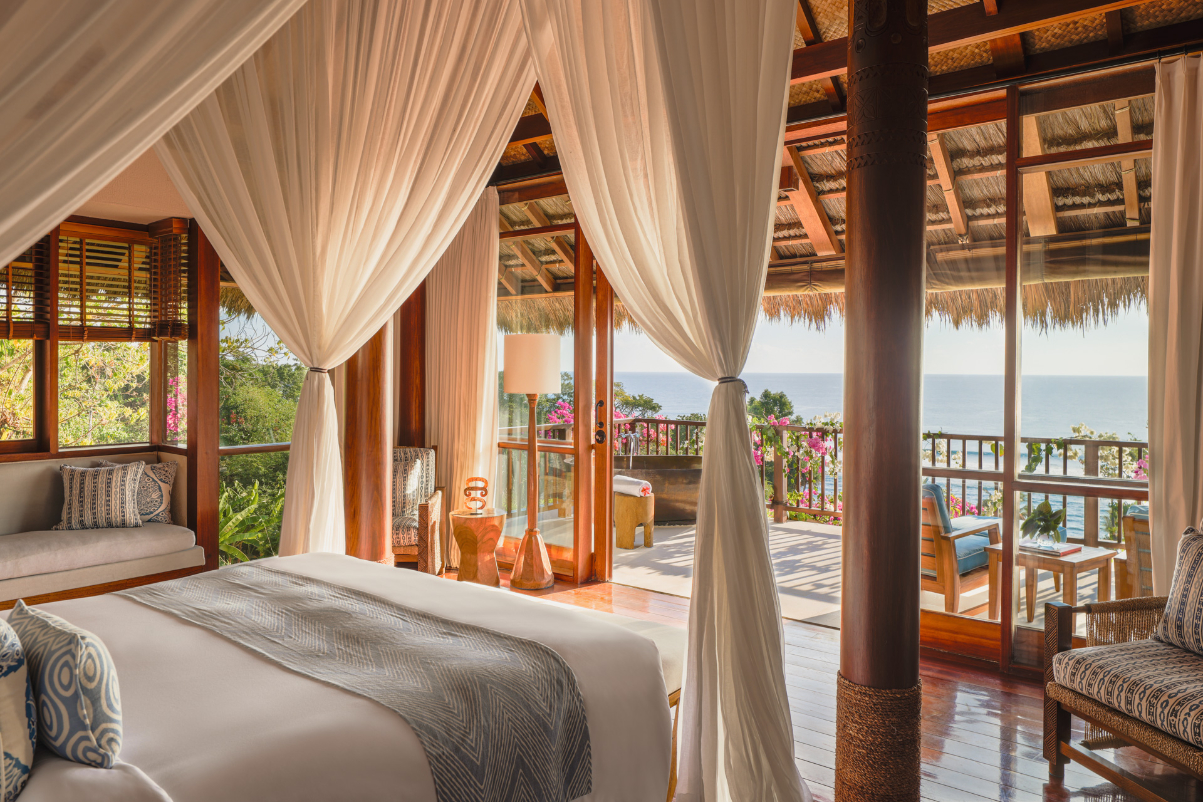Experts puzzled when pushed to pick Australia’s top ten beaches

Skift Take
It may go down as one of the most pleasurable day jobs in history – travelling around Australia to find the country's best 100 beaches – provided you don't mind the odd encounter with crocodiles, sharks and surf of life-threatening proportions.
The labour of love of the world's foremost authority on beaches, marine biologist Professor Andy Short, together with surfing writer Brad Farmer, 101 Best Australian Beaches, is their list of the most accessible, visually attractive and well managed pieces of the coastline.
"There are beaches that we felt epitomised the best of the Australian coast from developed to underdeveloped," said Short. "Some were pristine with calm waters, others had raging wild surf like on the coast of Tasmania where I wouldn't recommend people go in the water but just go to admire the energy of the beach."
Travelling by car, boat and plane, they considered all of Australia's 11,761 beaches. Short had begun documenting the coastline in 1986, originally for surf lifesaving associations, before narrowing down his prize picks over the past year with Farmer. To win a place on the list the beaches also had to be clean, in and out of the water.
Fifteen thousand kilometres of the coastline, from Brisbane in southern Queensland to Broome in northern Western Australia, were covered by Short in a range of small aluminum boats, four to eight metres in length. Crocodiles were an inherent hazard.
"I had to swim ashore at every beach and I just did it quickly and didn't hang around for too long," said Short. "Crocodiles like to sunbake on the beaches and a couple of times we were planning to go snorkelling on these lovely reefs when we saw fresh crocodile tracks, which kept us out of the water for a while."
Resident crocs do not disqualify a beach – instead the authors recommend readers take heed of their safety recommendations, which, in addition to crocodiles, includes warnings about stingers, stonefish, sea snakes, stingrays and, according to Short, "a whole range of other nasties that can sting or bite you besides sharks".
Narrowing down their top 10 was a challenge. "It was a bit of an experiment over a bottle of wine," said Farmer. "We each went into separate rooms with a blank sheet of paper."
The only beach they both agreed on in the top 10 was Crescent Head in NSW, 430km north of Sydney. According to Farmer it is also one of the country's most egalitarian beaches, with millionaires and apprentices mixing it up on the sand.
"If you asked a Hollywood art director to paint the perfect beach backdrop it would have to be Crescent (Head)," said Farmer.
One of the other hazards the writers faced in compiling their top 100 was local beachgoers who didn't want their piece of paradise ruined by an influx of tourists. Neither author included their personal favourites for that reason.
"I live and surf on the south coast of NSW and don't want to attract any more people to it – the locals wouldn't like that," said Short, who was prepared to reveal that his personal favourite beach in the Eurobodalla national park, around 300km south of Sydney.
Many of the beaches in the book are either in or close to national parks, which Farmer says is one of their biggest selling points. "That's where Australia has a winning secret because those beaches can never be over commercialised like Malibu, Biarritz or Phuket," he said. "The message behind the book is that we shouldn't destroy what we've come to enjoy."
Andy Short's top 10 Australian beaches
Agnes Water, QLD
Crescent Head, NSW
Elephant Rocks, WA
Emily Bay, NSW (Norfolk Island)
Frangipani Beach, QLD
Mindil Beach, NT
Ninety Mile Beach, VIC
Silica Beach, WA
The Coorong, SA
Wineglass Bay, TAS
Brad Farmer's top 10 Australian beaches
Catherine Hill Bay, NSW
Crescent Head, NSW
Little Beach, WA
Mandalay, WA
Norries Head, NSW
Pirates Bay, TAS
Second Valley, SA
Seventy Five Mile Beach, QLD
Tidal River, VIC
Trousers Beach, TAS (Flinders Island)
![]()




